Is Defatted Soya Good for Muscle Gain?

Share
When it comes to muscle gain, the right protein source can make all the difference in achieving your fitness goals. One protein powerhouse that has been gaining attention in recent years is defatted soya. Not only does it help with muscle growth, but it also provides a complete amino acid profile, much like traditional animal proteins. So, what exactly is defatted soya, and how does it stack up against other protein sources, like whey? Let’s break it down.
The Benefits of Soya Protein: A Complete Amino Acid Profile
One of the standout features of soya protein is its complete amino acid profile. This means that soya contains all nine essential amino acids that our bodies can’t produce on their own. These amino acids are crucial for building and repairing muscles. While many plant-based proteins fall short in one or more essential amino acids, soya is an exception. Soya is also rich in branched-chain amino acids (BCAAs) like leucine, isoleucine, and valine, which are particularly important for promoting muscle protein synthesis. This is the process your body goes through to repair and grow muscles after a workout. Essentially, if you’re serious about your fitness goals, soya can be a solid addition to your diet.
What is Defatted Soya?
Think of defatted soya like the soya equivalent of whey. Just as whey is derived from milk after the fat has been removed, defatted soya is what’s left after the oil is extracted from soybeans. This results in a product that’s extremely high in protein and low in fat, boasting about 50-60% protein content. This makes defatted soya an excellent option for those looking to boost their protein intake without the extra calories from fat. It’s a lean, pure form of soya protein that can be a game-changer for your muscle gain journey.

How Does Defatted Soya Compare to Whey Protein?
Whey protein often gets a lot of love in the fitness community, but defatted soya holds its own. Here’s how they stack up:
- Complete Protein: Both whey and defatted soya offer a complete amino acid profile, making them fantastic for muscle recovery and growth.
- Digestion: Whey is absorbed quickly, which is great for post-workout recovery. Defatted soya, on the other hand, has a slightly slower digestion rate, which can provide a sustained release of protein, helping keep your muscles nourished throughout the day.
- Plant vs. Animal Protein: If you’re following a vegetarian or vegan diet, defatted soya is one of the best plant-based alternatives to whey protein.
- Low-Fat Content: Just like whey isolate, defatted soya is low in fat, making it suitable for those looking to gain lean muscle without unnecessary calories.
Cost Considerations
One of the appealing aspects of defatted soya is its affordability. In India, it tends to be significantly cheaper than whey protein powders. While a 1 kg tub of whey protein can range from ₹2,000 to ₹4,000, defatted soya can cost around ₹500 to ₹1,000 for the same quantity. This makes it a budget-friendly option, especially for students or those who want to keep their fitness costs low. Plus, you can easily find defatted soya in local grocery stores or online, making it accessible for anyone looking to up their protein game.
Why You Should Add Defatted Soya to Your Diet for Muscle Gain
If you're serious about building muscle, adding defatted soya to your diet can provide a wealth of benefits:
- High Protein Density: With its impressive protein content, defatted soya offers a powerful punch without the added fat, making it great for clean bulking or maintaining muscle mass.
- Versatile in Your Diet: You can easily incorporate defatted soya into your meals—think protein shakes, protein bars, or even as flour for baking. It fits perfectly into traditional Indian dishes, such as curries or pulao, as soya chunks or granules.
- Sustainable & Affordable: Soya is a more sustainable option compared to animal-based protein sources like meat or dairy, which makes it not only good for your health but also for the planet.
- Ideal for Vegetarians & Vegans: If you’re following a plant-based diet, defatted soya is an excellent alternative to animal-based proteins, allowing you to meet your protein needs without compromising your dietary preferences.
Encouraging Muscle Growth with Defatted Soya
If you’re on a fitness journey and looking to increase your muscle mass, defatted soya can play a vital role. Its combination of high-quality protein, complete amino acid profile, and low fat make it a powerful ally for muscle recovery and growth. Incorporate it into your shakes—the versatility of defatted soya makes it easy to add to your daily routine. Plus, because it’s plant-based, you’re making a more environmentally friendly choice while benefiting your health and fitness.
Conclusion: Is Defatted Soya Good for Muscle Gain?
Absolutely! Defatted soya is a remarkable plant-based protein source that supports muscle growth, recovery, and overall health. Its complete amino acid profile, high protein density, and low fat content make it an excellent option for anyone looking to build muscle, particularly vegetarians and vegans. So, if you're serious about building muscle and are on the lookout for effective, budget-friendly options, consider adding defatted soya to your diet. It’s a small change that can make a big difference in your muscle gain journey!
We’d love to hear your thoughts on this idea! What do you think about adding defatted soya to your diet? Let us know in the comments below!
For more insights and healthy recipes, check out our blog at The Drill.
Explore More
-

What is Maida and Why is it Bad?
...
-

How Do You Choose the Right Products for Your Health?
...
-

Why Gyms Won’t Save You from Heart Disease in Your 30s: The Hard Truth You Need to Hear
...
-

Caffeine and You: Finding the Sweet Spot for Your Day
...
-

Why Potato Chips Are Addictive: The Science Behind the Crunch
...
-
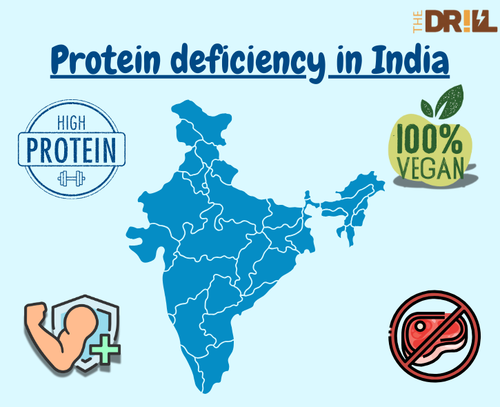
Why Protein Deficiency in India Is More Common Than You Think (And How to Fix It)
...
-

Health Benefits of Sea Buckthorn: The Superberry You Need in Your Diet
...
-

Cold Weather Hacks: How to Stay Healthy During a Mountain Trip
...
-

Top 10 Anti-Aging Foods to Keep You Young and Glowing – Bollywood Style
...
-

PUFA vs. MUFA: Which is Healthier?
...
-
Introducing Drill Lens: Your AI-Powered Food Rating Tool
...
-
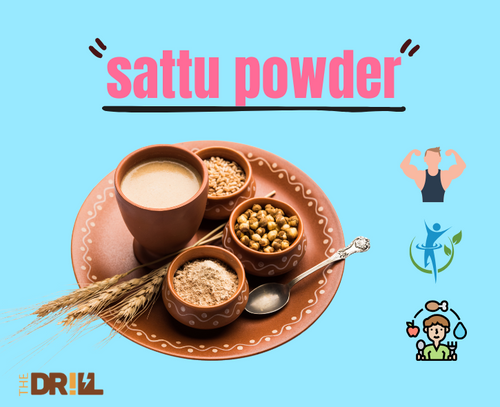
Benefits of drinking sattu everyday
...
-
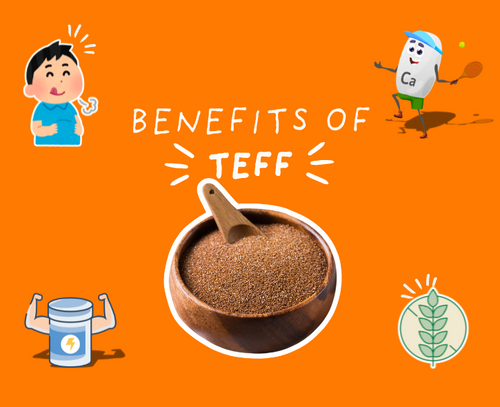
5 Surprising Health Benefits of Teff Grain for Indian Diets
...
-

Can Taurine Cause Side Effects? Here’s What You Need to Know
...
-
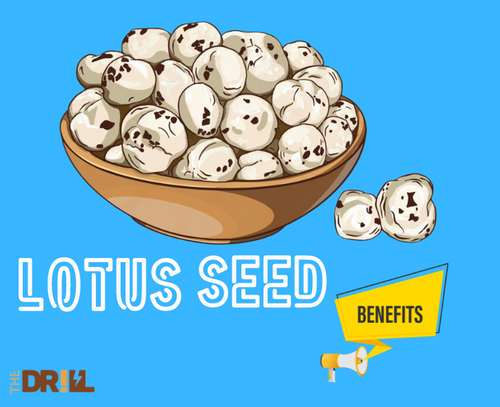
What Are the Health Benefits of Lotus Seeds?
...
-
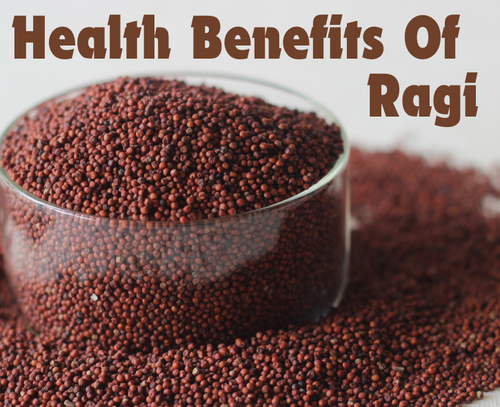
Health Benefits of Ragi for Vegetarians
...
-
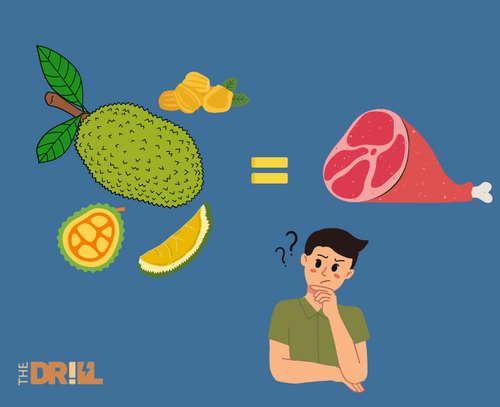
How to Use Jackfruit as a Meat Substitute in Indian Cuisine
...
-
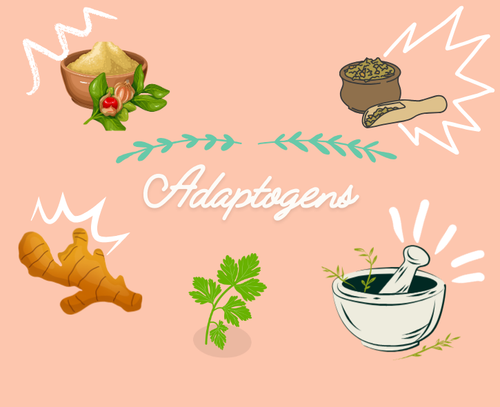
Beginner's Guide to Adaptogens
...
-

The Impact of Glycemic Index on Cravings
...
-
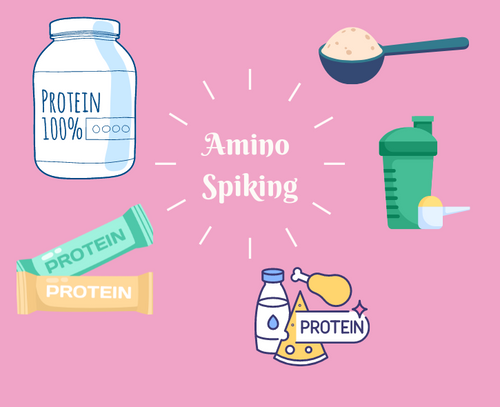
What is Amino Spiking in Whey Protein? A Complete Guide
...
-
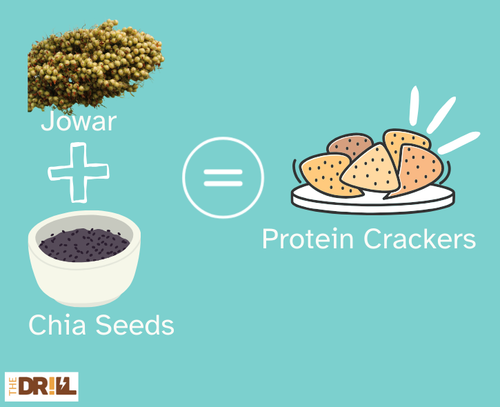
Jowar and Chia Seed Protein Crackers Recipe: A Gluten-Free, High-Protein Snack
...
-
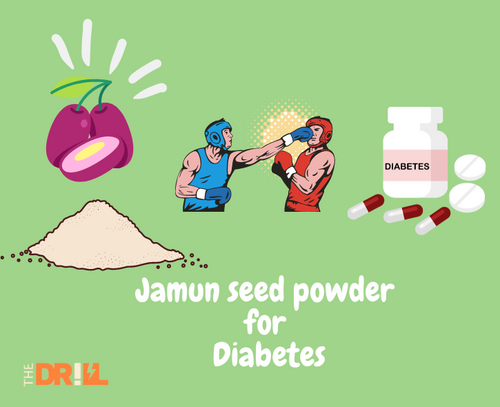
Jamun Seed Powder for Diabetes: Understanding the Benefits and How to Use It
...
-
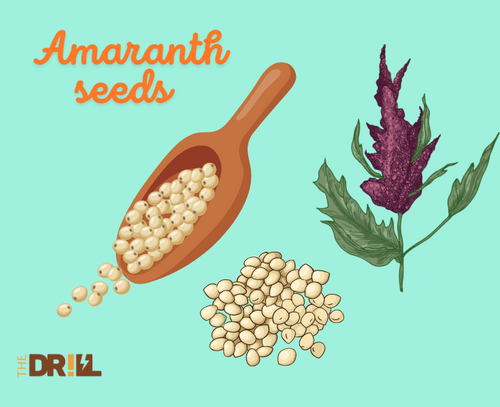
Amaranth Superfood Benefits: Why You Should Add This Ancient Grain to Your Diet
...
-

What Is Fructooligosaccharides (FOS) and Why Should You Care?
...
-
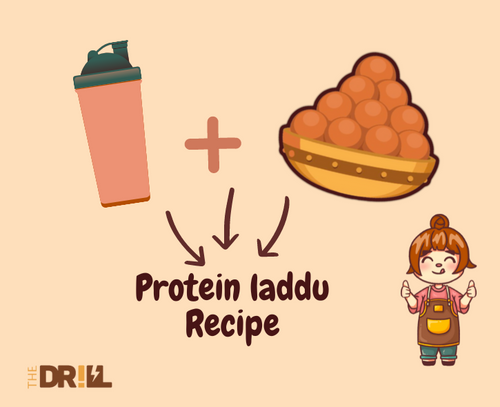
How to Make Protein Laddu at Home: A Nutritious Indian Snack
...
























